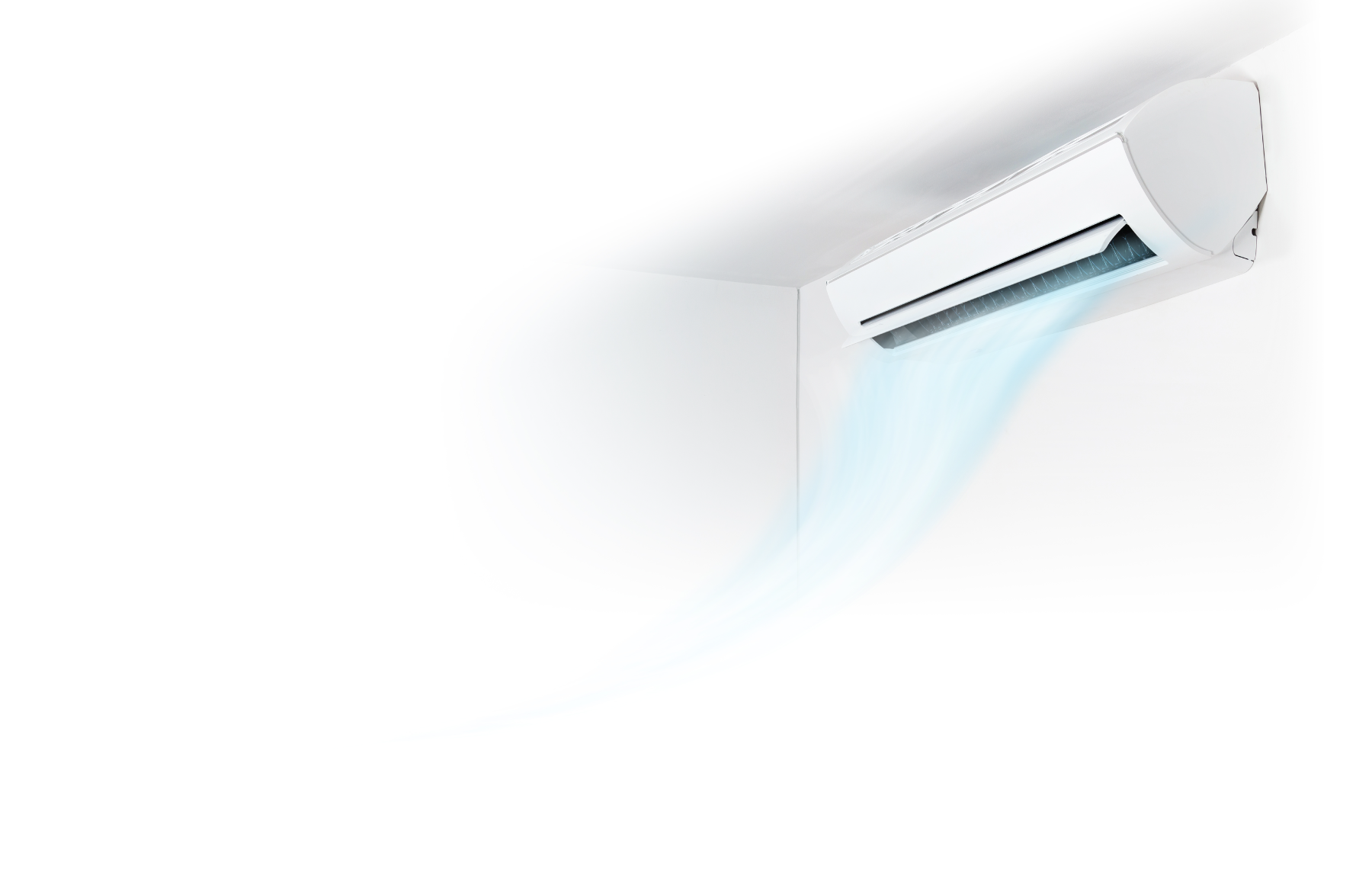HVAC is the collective term given to the means of maintaining the perfect indoor environment within any given space, be it offices, shops, restaurants or in the home. Using varying types of technology there are a number of key elements to help keep your environment at the temperature you need all the while keeping the air fresh and free of harmful particles. Different areas require alternative levels of control depending on how many people use the space and the nature of their use. Here we take a look at the fundamentals of HVAC.
The principles of HVAC, at a fundamental level, involve moving air via systems to regulate temperature, humidity and ensure cleanliness.
These controlled elements have a huge impact on the people working or living in these environments. Each of these elements has an impact on how people can regulate their body temperature. For example, the higher the humidity in the air, the harder it is for a person to reduce body heat through perspiration for example.
There are a number of different options for regulating an environment so let’s take a look into how each works and is used.
How does HVAC work?
The way the systems work are using three main elements to control the climate. These are heating, ventilation and air conditioning. Each can be used separately or altogether in specialist environments to ensure people are comfortable at all times. Great examples of these types of environments are swimming pools, restaurants and large office spaces.
Heating
Heating is the most common part of HVAC we are used to seeing here in the UK. Maintaining a good temperature during what are often cold and damp winter months is vital to health and wellbeing. Using a boiler and a pump to form a central heating system to move hot water through pipes into radiators or storage heaters is the most common form of heating. Heating this way is most efficient in smaller spaces such as the home and small industrial units and offices.. There are alternatives in the domestic and commercial markets where in place of the hot water piped through the rooms, using air ducts the outside air is heated and distributed throughout the home.
Ventilation
Ventilation can be natural, mechanical or a mix of both (hybrid). Ventilation in the HVAC system is designed to regulate the humidity of an area. The way this occurs is to replace the stale air with fresh air. This process also helps with the control of the temperature.
Natural ventilation is a simple process in terms of air control, usually the cheapest and first option at the start of the design process of an HVAC system. Using pressure differences or wind, the air is replaced via ventilation ducts or windows. If there is no space for these types of ventilations, then mechanical ventilation is required. Often in the case of there being no access to windows or outside space. If this was the case, usually a fan based system or vacuum system would be implemented to move the fresh air into the space and expel the used air.
Air Conditioning
Air conditioning is described as a process of regulating the heat, humidity and cleanliness of a space’s air using single or multiple units in that space. Units generally contain common components; fan, cooling refrigerant, a compressor and two coils, one for the heat and one for cooling. These units can be ceiling mounted and generally have the mechanical elements on an external wall to complete the air cycle by the use of internal air ducts. Air Conditioning units contain inbuilt filters to remove any particles that may affect the cleanliness and purity of the air, such as pollen and dust. Despite the conditions internally and externally, these units must provide consistent air quality and regulation at all times.
Want to know more ?
We at Envirocool HVAC are specialists in caring for your environments, if you have any requirements for any of the features mentioned in this article or if you feel your current climate control is not working as it should, drop us a line on 01204 or fill out the contact form below.
Envirocool can help!

